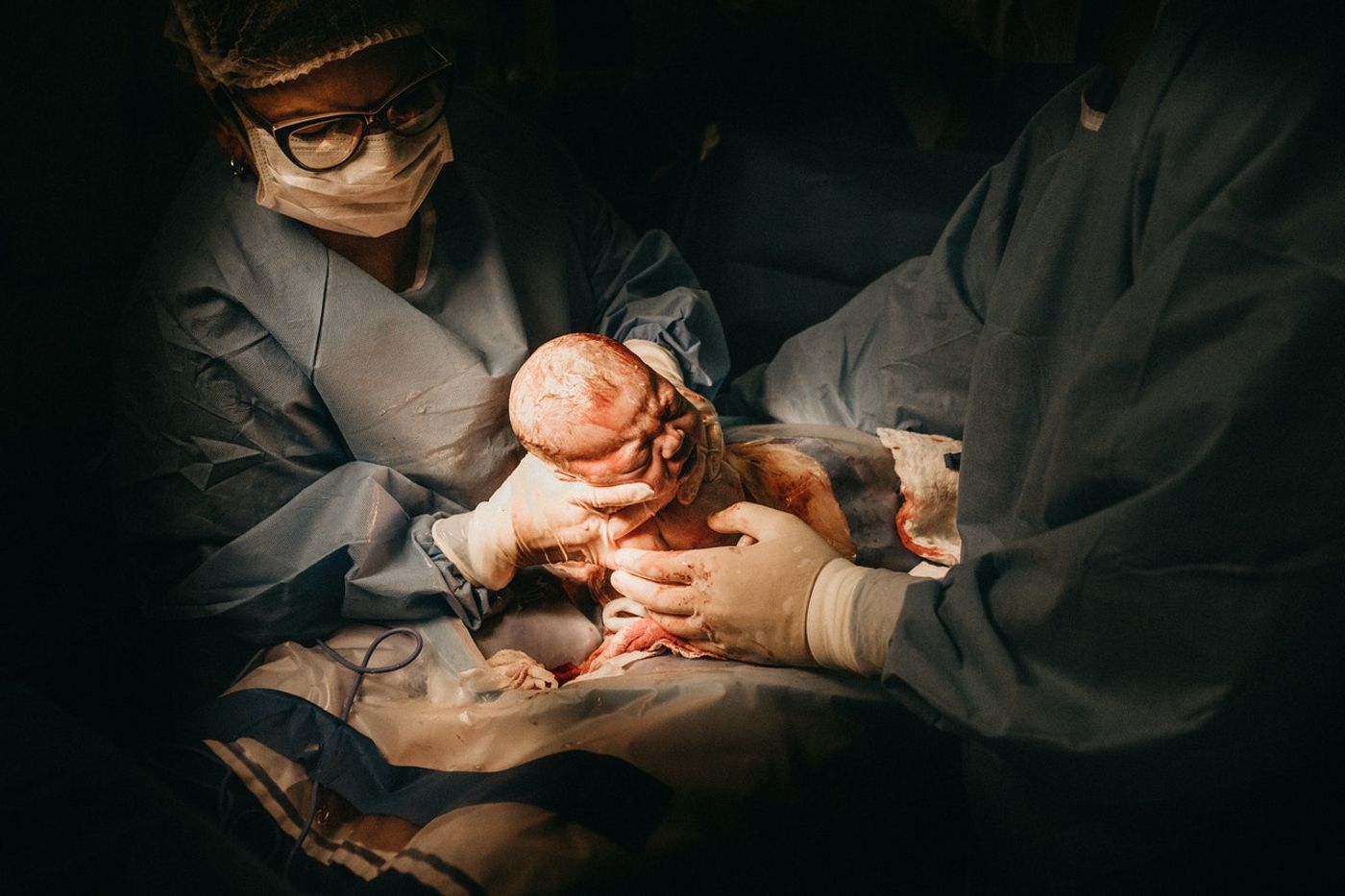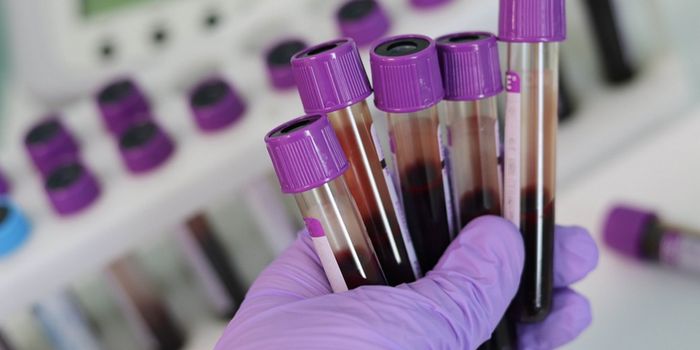Expectant mothers may no longer have to be caught off guard—researchers have identified biomarkers in the blood that can be used to more accurately predict their labor dates.
In a study published in Science Translational Medicine, researchers at the Stanford University School of Medicine have established the basis of a clinical test that narrows down the baby’s expected arrival time to a two-week window. This is a considerable step up from the current five-week delivery estimate provided to mothers.
“We found a transition from ‘progressing pregnancy’ to a ‘pre-labor’ phase that happens two to four weeks before the mom goes into labor,” said Ina Stelzer, Ph.D., the study’s lead author
“We’ve identified a novel way to use the maternal blood to predict when a mother will go into labor. This prediction is independent of the duration of pregnancy.”
About three weeks prior to the onset of spontaneous labor, a number of physiological changes start to occur in the mother, in preparation for the big day. These include changes in steroid hormone levels, blood coagulation factors, and immune regulatory signals. On average, most women deliver their babies after around 40 weeks of pregnancy, although this tends to vary considerably.
“Estimating the time of delivery is of high clinical importance because pre- and postterm deviations are associated with complications for the mother and her offspring,” wrote the authors, whose work was aimed at more comprehensively characterizing subtle changes in maternal biology preceding labor.
As part of the study, the researchers took blood samples from 63 women during the tail end of their pregnancies. The samples were tested for a panel of over 7,000 metabolic, immune, and other cell signaling factors.
The team found that during the pre-labor phase, a number of signature biological changes occurred, including a spike in progesterone, cortisol, placental proteins, and blood coagulation factors. Prior research suggested that from an immunological perspective, labor is intensely inflammatory. However, the researchers found that regulators of inflammation, such as IL-1R4, also play a role in pre-labor, preparing the mother’s body for healing and immune resolution after the baby is born.
“Our study lays the groundwork for developing blood-based methods for predicting the day of labor, anchored in mechanisms shared in preterm and term pregnancies,” wrote the authors.
As the next steps, the team plan to validate their research findings in a larger cohort of women and identify the implications of this data in developing more refined, effective clinical methods for inducing labor.
Sources: Stanford University, Science Translational Medicine.

-
MAY 07, 2024Is It Anti-RNP or Anti-Sm/RNP?
- See More
-
APR 30, 2024Immuno-Oncology Virtual Event Series 2024
-
MAY 07, 20243rd International Biosecurity Virtual Symposium
-
JUN 06, 2024The Future of Scientific Conferencing
- See More


















































